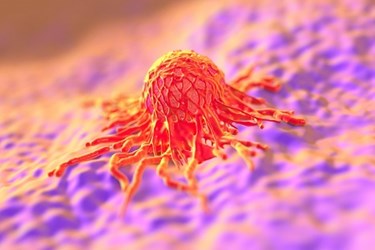
Since there are so many different types of prostate cancer, precision medicine needs to cover a lot of bases. The goal is to have tailored treatment for each person from the very beginning. New research is focusing on precision medicine. What are some emerging therapies for prostate cancer?īecause prostate cancers can act so differently, they need different types of treatment. The test is helpful if your Gleason score is 7 or higher. It combines 5 blood markers, more than 100 genetic markers, and other information. Stockholm3 test: This is a test to help determine the aggressiveness of prostate cancers. Prostate cancer antigen 3 (PCA3): This is a urine test that helps determine if someone with a negative biopsy needs another biopsy. The goal is to limit the number of false-negative biopsies. The test can show evidence of cancer that the biopsy missed. If the biopsy didn’t show cancer cells, ConfirmMDx then tests the tissue. It can help you and your team decide if you need a prostate biopsy.ĬonfirmMDx : This test evaluates tissue that your doctor has already biopsied. This test is done if you have an abnormal PSA level and/or digital rectal examination (DRE). SelectMDx : This is a urine test of two cancer-related biomarkers. It’s only used for people without known prostate cancer. A lower PHI level may be better for ruling out prostate cancer than PSA alone.ĤKscore test : This is a blood test that can determine your risk of developing aggressive prostate cancer. A high PHI level is a better indicator of prostate cancer than a high PSA.
#FREE CLINICAL TRIALS FOR PROSTATE HEALTH FREE#
Prostate Health Index (PHI): This is a blood test using total PSA, free PSA, and p2PSA levels. But even so, they might be right for you: The FDA hasn’t approved some of these methods yet, and your insurance may not cover them. Scientists are working to improve methods for diagnosis to overcome these limitations. But the tools that help to assign a risk class aren’t perfect either. Teams usually pick treatments based on these risk classes. Once someone has a diagnosis of prostate cancer, they’ll get a “risk class.” This risk class tries to predict how the cancer will behave over time. Even when done perfectly, the biopsy can miss the cancer cells and delay a diagnosis. Some people end up getting prostate biopsies they don’t need, while others can get biopsies too late. This makes it hard to know when someone needs a prostate biopsy. PSA levels can be high for reasons other than cancer, and they can be low even when someone has cancer. That’s because the major tools - the prostate-specific antigen test (PSA) and prostate biopsy - aren’t perfect. What are some new diagnostic methods for prostate cancer?ĭiagnosing prostate cancer isn’t easy. Let’s take a look at the latest breakthroughs in prostate cancer therapies. And researchers are working on more precise therapies because prostate cancers shouldn't all be treated the same way. That’s why scientists are working on better diagnostic tools. There are still challenges in telling these groups apart. Others have an aggressive form that needs urgent treatment.

Some people can live with prostate cancer for years without treatment. Prostate cancer is common, but not all prostate cancers are the same.


 0 kommentar(er)
0 kommentar(er)
